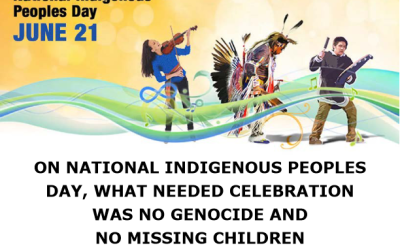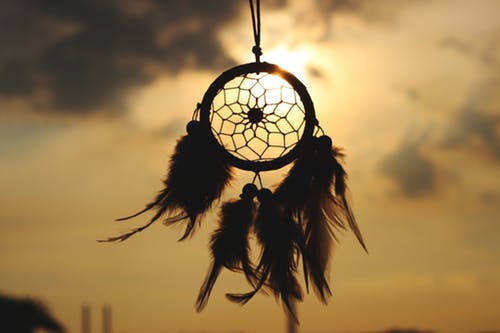The Truth and Reconciliation Commission of Canada released its report in 2015 saying that that Canada and the Churches that managed the majority of Indian Residential Schools treated Indigenous people as if they were sub-human.
If this is true, then why did many church leaders give about a third of the schools Indigenous names? Schools were named after Indigenous Chiefs, such as Crowfoot and Old Sun; Tribes and Bands, such as Assiniboia and Mohawk; and Places, such as Ahousat and Wabasca.
In this recording Rod Clifton, Senior Editor at the Frontier Centre, examines the names given to Indian Residential schools.


